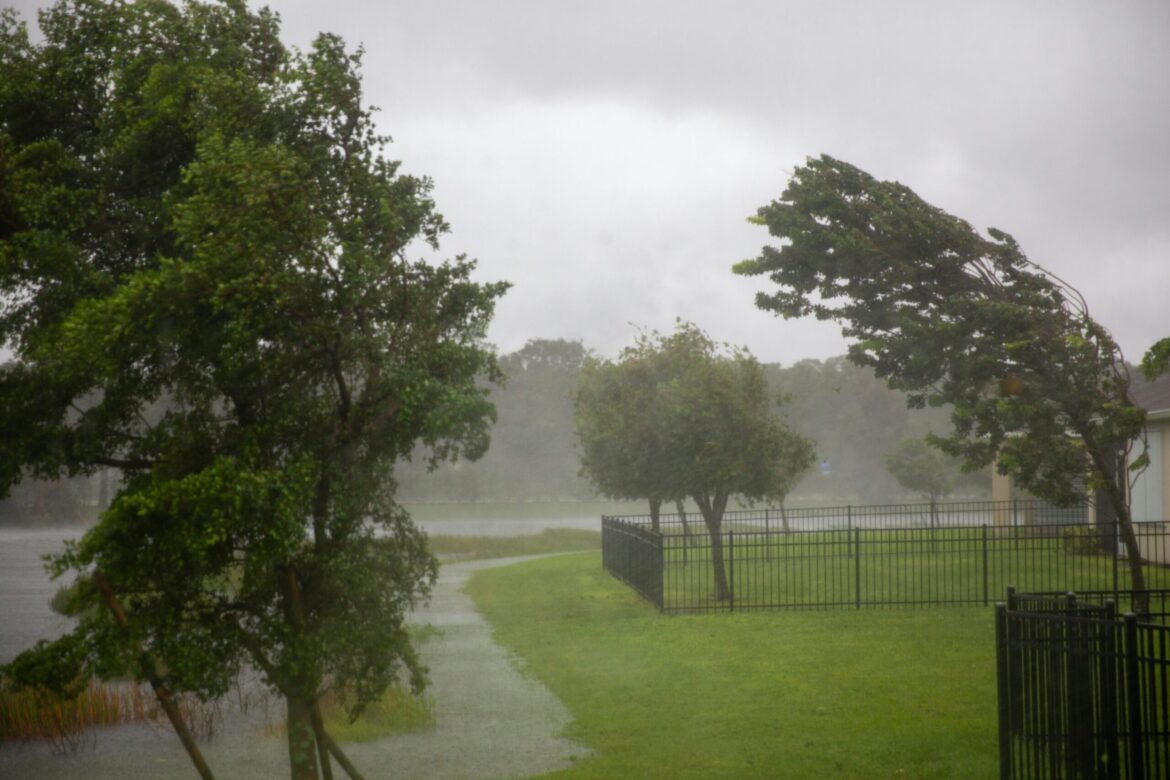Southern California was struck by a powerful atmospheric river in early December 2023, bringing record-breaking rainfall and severe weather to the region. Originating in the Pacific Ocean, this storm system drenched the area with heavy rain over several days, setting new rainfall records in cities like Los Angeles, San Diego, and Riverside. The intensity of the storm took many residents by surprise, with the sheer volume of rain causing widespread disruptions across the region.
In some areas, rainfall exceeded 6 inches in just 24 hours, causing flash floods and significant damage to infrastructure. Roads became impassable as floodwaters surged, forcing the closure of several major highways and streets. The storm also led to the overflow of local rivers, including the Los Angeles River, which flooded nearby streets and homes. Public transit services were severely impacted, with many trains and buses delayed or suspended as waterlogged tracks and flooded stations rendered transportation routes unsafe.
The sheer scale of the storm’s impact was compounded by the rapid rise in water levels at local reservoirs, providing some relief to the region’s persistent drought conditions. While the heavy rains brought much-needed water to drought-stricken areas, they also caused significant damage in other ways. Floodwaters, which accumulated quickly, wreaked havoc on both urban and rural areas, making it difficult for emergency responders to reach those in need. The storm also triggered mudslides in regions that had recently been scorched by wildfires. In Santa Barbara and Ventura counties, areas affected by recent fires saw unstable ground give way to dangerous debris flows, further complicating rescue and recovery efforts. Emergency teams were immediately deployed to assist stranded residents and provide shelter for those displaced by flooding and mudslides.
Though the rainfall brought some immediate relief in the form of water conservation, experts cautioned that Southern California must remain vigilant as climate change continues to make weather patterns more unpredictable. The region’s infrastructure, which was built to handle occasional storms, is increasingly ill-equipped to cope with the growing frequency and intensity of extreme weather events like atmospheric rivers. As the state faces more severe storms and longer dry spells, local governments are prioritizing efforts to bolster flood control infrastructure, including upgrading stormwater management systems, expanding reservoirs, and strengthening flood barriers.
In the aftermath of the storm, officials are also calling for a reevaluation of the region’s emergency preparedness systems. While the rainfall is seen as a boon for alleviating drought conditions, it underscores the need for comprehensive planning to handle the increasingly erratic nature of Southern California’s climate. Experts stress that the region must adapt to these changing conditions, focusing not only on flood management but also on increasing resilience to extreme weather events, including wildfires, heatwaves, and storms.
As Southern California recovers from the storm, the focus will remain on ensuring that the region is better prepared for future weather-related challenges. The combination of flooding, infrastructure strain, and environmental unpredictability paints a picture of the ongoing struggles the region faces in managing its water resources and infrastructure in an era of climate change.
For more on the record rainfall in Southern California, visit: LA Times – December Storms.

